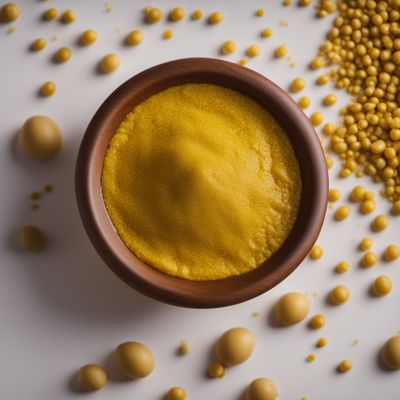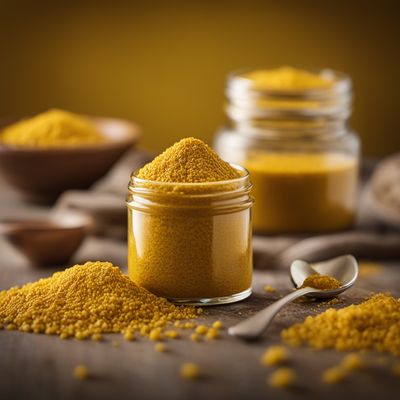
Ingredient
Mustard and related sauces
The Tangy Condiment: Mustard and Related Sauces
Mustard and related sauces come in various forms, including yellow mustard, Dijon mustard, whole grain mustard, and mustard powder. They are made from ground mustard seeds, vinegar, and other flavorings. These sauces range in flavor from mild and tangy to spicy and pungent, with varying textures from smooth to grainy. Mustard and related sauces are commonly used as condiments, marinades, and ingredients in dressings and sauces.
Origins and history
Mustard has a long history that dates back to ancient civilizations. It was cultivated in ancient Egypt and used for culinary and medicinal purposes. Mustard seeds were highly valued for their pungent flavor and were even used as a form of currency. Mustard sauces gained popularity in Europe during the Middle Ages and have since become a staple condiment in many cuisines around the world.
Nutritional information
Mustard and related sauces are low in calories and fat. They are a good source of antioxidants, vitamins, and minerals, including vitamin C, vitamin K, and potassium. However, they can be high in sodium, so it's important to consume them in moderation.
Allergens
Mustard and related sauces may contain allergens such as mustard seeds, vinegar, and other flavorings. Individuals with mustard allergies should avoid consuming these sauces.
How to select
When selecting mustard and related sauces, check the ingredient list for any potential allergens or additives. Opt for organic or natural varieties whenever possible to avoid unnecessary additives or preservatives. Consider the flavor profile and texture you desire, as different types of mustard sauces offer varying levels of tanginess and spiciness.
Storage recommendations
Mustard and related sauces should be stored in the refrigerator after opening to maintain their freshness and quality. Unopened bottles can be stored in a cool, dark place. Check the expiration date and discard any sauces that have passed their shelf life.
How to produce
Mustard plants can be grown in home gardens or pots. They require well-drained soil, full sun, and regular watering. Sow the seeds directly in the soil or start them indoors and transplant them once the seedlings are established. Harvest the leaves for salads or the seeds for making mustard sauces.
Preparation tips
Mustard and related sauces can be used as condiments for sandwiches, hot dogs, burgers, and pretzels. They are also commonly used in salad dressings, marinades, and sauces. Dijon mustard is often used in French cuisine, while whole grain mustard adds texture and flavor to dishes. Mustard powder can be used as a spice in rubs, marinades, and sauces.
Substitutions
Yellow mustard can be substituted with Dijon mustard or vice versa, although the flavor profile will be slightly different. Whole grain mustard can be used as a substitute for Dijon mustard in recipes that call for a grainy texture. Mustard powder can be replaced with a combination of ground mustard seeds and vinegar.
Culinary uses
Mustard and related sauces are commonly used in American, European, and Asian cuisines. They are a staple condiment for hot dogs, hamburgers, sandwiches, and pretzels. Mustard sauces are also used in salad dressings, marinades, and sauces for meats and vegetables.
Availability
Mustard and related sauces are widely available in grocery stores, supermarkets, and specialty food stores worldwide.
More ingredients from this category
Recipes using Mustard and related sauces » Browse all
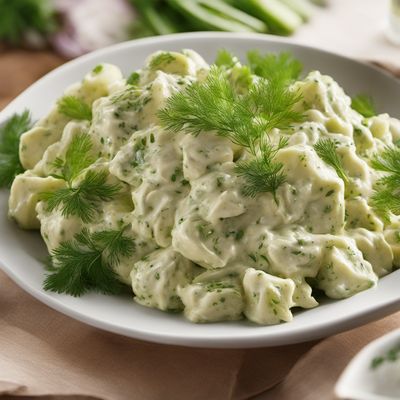
Creamy Dill Potato Salad
Nordic Delight: Creamy Dill Potato Salad

Canapés Berne with a Channel Islands Twist
Savoury Delights from the Channel Islands: Canapés Berne Reinvented

Ćevapi - Fast Food Style
Savory Grilled Meat Rolls: A Fast Food Delight

Henry Bain Sauce
Savory and Tangy Henry Bain Sauce: A Classic American Delight

Ćevapi à la française
French-inspired Grilled Meat Skewers

Homestyle Creamy Coleslaw
Creamy Delight: A Homestyle Twist on Coleslaw

Homestyle Chicken Wrap
Savory Chicken Delight Wrap
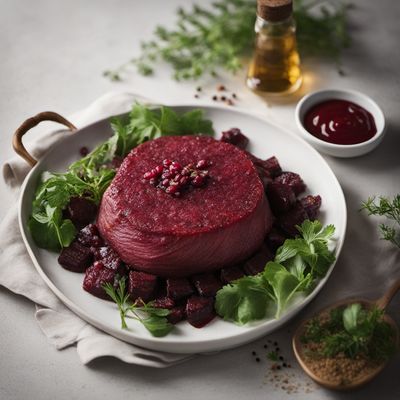
Biff à la Lindström
Savory Swedish Beetroot Beef Patties

Scottish Wurst Salad
Hearty Highland Sausage Salad
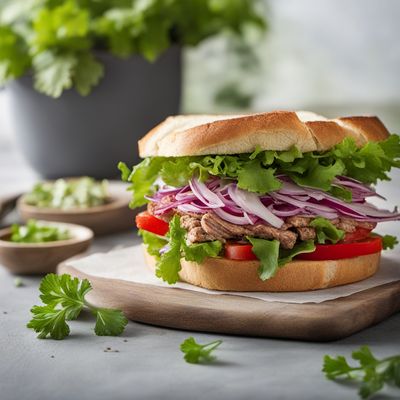
Pheasant Salad Sandwich
Savory Pheasant Delight

Russian-style Katsudon
Breaded Pork Cutlet with Egg and Rice - Russian Twist

Sticky Maple-Glazed Ribs
Maple-Glazed Delight: Sticky St. Louis-Style Ribs
